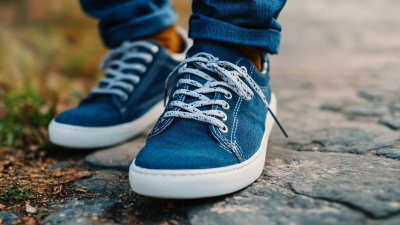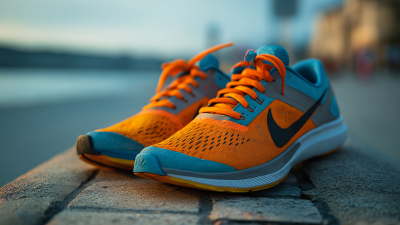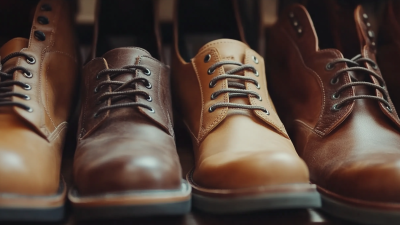
Choosing the right pair of running shoes during a Running Shoes Sale can significantly impact your performance and comfort. According to a recent report from the American Podiatric Medical Association, nearly 80% of runners experience foot-related injuries, which can often be traced back to inadequate footwear. With the global running shoe market expected to reach $18.5 billion by 2025, consumers are presented with an overwhelming array of options, making informed decisions crucial.
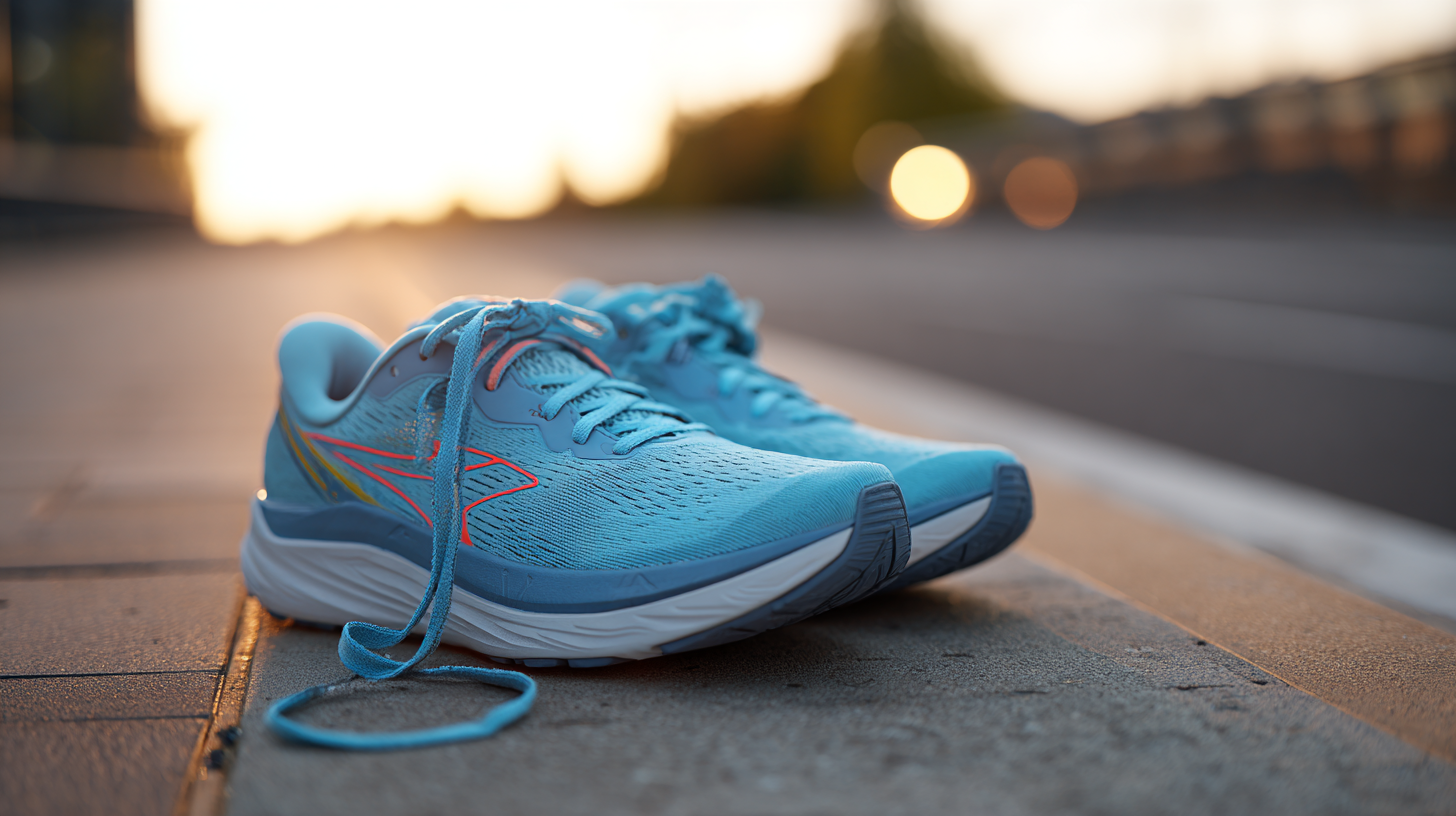
Moreover, a study published in the Journal of Sports Medicine found that selecting the appropriate shoes tailored to one’s foot type can reduce injury risk by up to 30%. Therefore, knowing what to look for when shopping during seasonal sales is essential not only for your wallet but for your overall running experience.
When it comes to selecting the best running shoes, understanding your foot type and gait is crucial for achieving optimal fit and performance. Research indicates that approximately 60% of runners have abnormal foot mechanics, which can lead to injuries if shoes do not accommodate their specific needs. Knowing whether you have flat feet, high arches, or neutral arches will dramatically influence the kind of support and cushioning you require.
Tip 1: Assess your arch type at home by wetting your foot and stepping on a piece of cardboard or paper to create an imprint. This will help you identify your arch type—flat, neutral, or high—which is vital for determining the right shoe category.
 Additionally, understanding your gait analysis is fundamental. A recent study by the American Orthopaedic Foot & Ankle Society found that improper shoe fit can increase the risk of running-related injuries by up to 50%. Visiting a specialty running store for a gait analysis can provide insights into your pronation levels, whether you are a neutral, overpronator, or underpronator, ensuring you choose shoes that not only fit well but also provide the necessary support to prevent injuries.
Additionally, understanding your gait analysis is fundamental. A recent study by the American Orthopaedic Foot & Ankle Society found that improper shoe fit can increase the risk of running-related injuries by up to 50%. Visiting a specialty running store for a gait analysis can provide insights into your pronation levels, whether you are a neutral, overpronator, or underpronator, ensuring you choose shoes that not only fit well but also provide the necessary support to prevent injuries.
Tip 2: Always try on shoes at the end of the day when your feet are slightly swollen, mimicking the conditions under which you’ll run, as this ensures a better fit.
When looking for running shoes during seasonal sales, it’s essential to identify the key features that will enhance your performance and comfort. One crucial aspect to consider is cushioning, which varies among different shoe models. Look for shoes with adequate cushioning to absorb impact and provide support, especially if you're running on hard surfaces. A well-cushioned shoe can make a significant difference in your running experience.
Another important feature is the shoe's fit. Running shoes should provide a snug fit without being too tight, ensuring your foot is secure during movement. Pay attention to the width and length, as some brands may vary in sizing. It's advisable to try on shoes later in the day when your feet are slightly swollen to ensure they will remain comfortable during long runs.
Furthermore, consider the outsole material, as it influences durability and traction. Shoes made with rubber outsoles typically offer better grip, which is vital for varied running surfaces. Selecting the right outsole can enhance your traction and stability, helping you avoid slips. Taking these features into account will help you make an informed decision when choosing the best running shoes on sale this season.
This bar chart displays the importance rating of various key features to consider when selecting running shoes during seasonal sales. Each feature is rated on a scale from 1 to 10, indicating how critical each characteristic is to runners.
When choosing the best running shoes, evaluating brand reputation and customer reviews is critical. According to a report by the American Council on Exercise, nearly 80% of runners prioritize shoe comfort and brand reliability when making a purchase. Popular brands such as Nike, Adidas, and ASICS often dominate sales due to their consistent quality and innovative technologies. Runners should examine both quantitative data, like sales volume and return rates, and qualitative insights found in customer reviews. For instance, a study by Runner’s World highlighted that shoes from well-reputed brands received a 90% positive feedback rate, underscoring the importance of established credibility in the running community.
Moreover, online platforms such as Amazon and specialized running retailers provide valuable customer insights. Reviews can reveal how specific models perform in real-world conditions, often highlighting features such as durability, support, and cushioning. Research indicates that shoes with a higher number of reviews generally correlate with better performance ratings. For instance, a recent analysis suggested that running shoes with over 500 reviews averaged a satisfaction rate of 4.5 stars or higher. Thus, engaging with customer reviews not only aids in assessing a shoe's performance but also ensures that runners select options that have met the expectations of fellow athletes.
| Shoe Type | Evaluated Features | Average Customer Rating | User Reviews Count | Price Range |
|---|---|---|---|---|
| Trail Running Shoes | Traction, Durability, Stability | 4.7 | 1500 | $80 - $150 |
| Road Running Shoes | Comfort, Lightweight, Breathability | 4.5 | 2000 | $70 - $130 |
| Cross Training Shoes | Versatility, Support, Traction | 4.6 | 800 | $75 - $120 |
| Marathon Running Shoes | Lightweight, Cushioning, Energy Return | 4.8 | 500 | $100 - $180 |
When searching for the best running shoes on sale this season, it’s essential to compare prices and discounts effectively. According to a report by the NPD Group, athletic footwear sales reached approximately $20 billion in the U.S. last year, indicating a growing market with numerous options available. With various retailers offering seasonal discounts, knowing how to sift through these offers is crucial to finding the best deals.
One effective tip is to set a budget and stick to it. Many retailers provide deep discounts during end-of-season sales, which can range from 30% to 50% off on popular brands. Additionally, be aware of timing; certain holidays and events like Black Friday typically feature even greater promotions. Don’t forget to sign up for newsletters or loyalty programs; brands often send exclusive offers to their subscribers, which can lead to additional savings.
Another strategy is to use price comparison websites or apps. These tools compile data on shoe prices from various retailers, allowing you to see which stores offer the best deals at a glance. A study by Statista revealed that nearly 75% of consumers use their smartphones to compare prices while shopping, highlighting the importance of being informed before making a purchase. By utilizing these resources, you can ensure you’re getting the best value on your next pair of running shoes.
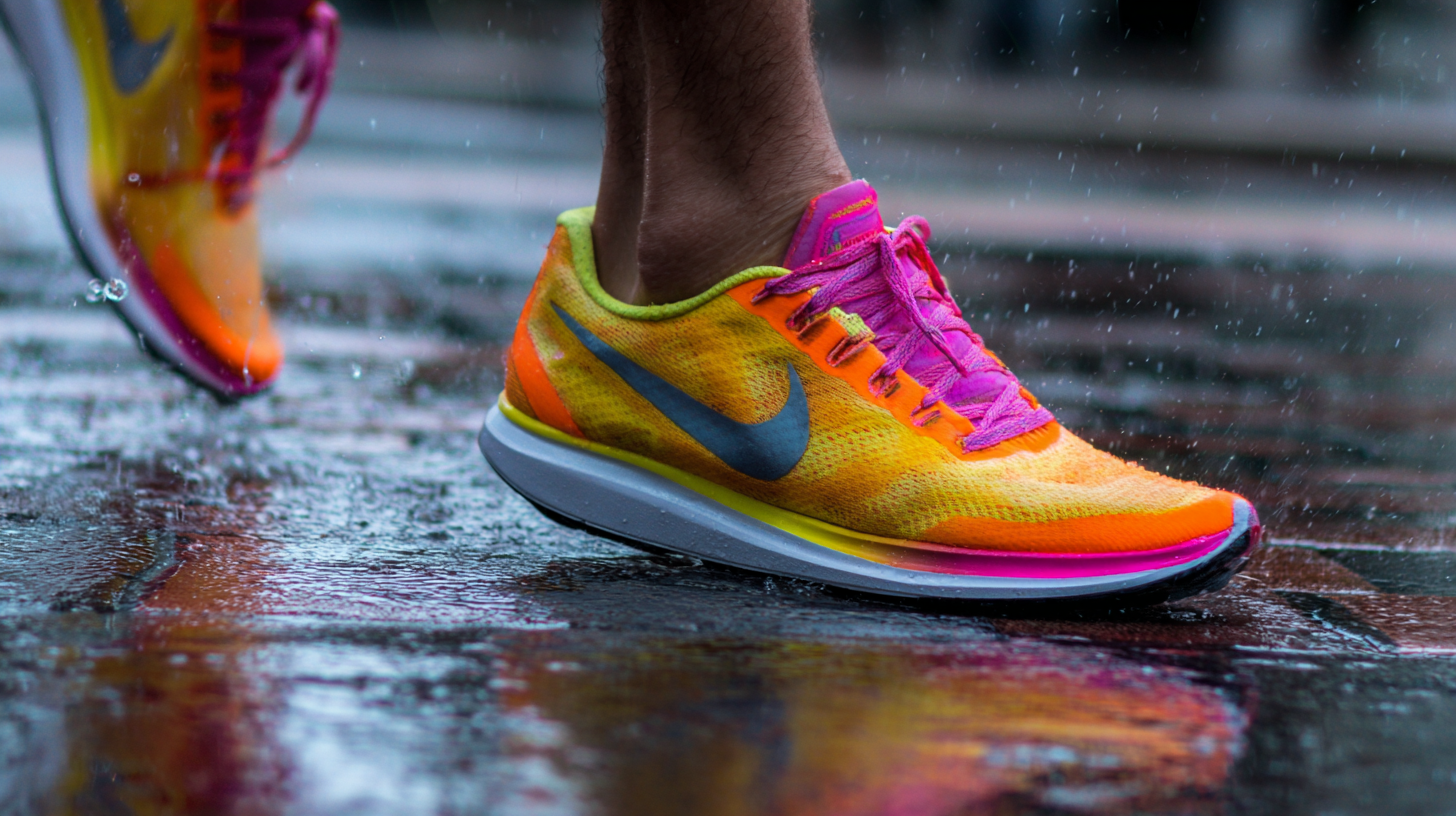
When it comes to selecting the best running shoes on sale, the importance of test runs cannot be overstated. Trying on shoes in-store allows you to fully experience how they fit and feel while walking or running. It's essential to give them a test run, as different brands and models can vary significantly in support, cushioning, and overall comfort. You should aim to replicate your usual running conditions as closely as possible, including the type of terrain you typically run on. This hands-on approach will help you identify any discomfort or pressure points that could lead to injuries down the line.
Additionally, comfort checks are crucial for ensuring a good fit. Take the time to walk around in the shoes and assess how they feel from different angles. Pay attention to the arch support, heel stability, and toe box space. A shoe that feels great while standing may not perform the same way during a run. Look for any signs of rubbing or tightness; the right pair should provide a snug yet comfortable fit. By prioritizing these test runs and comfort evaluations, you can confidently choose running shoes that will keep your feet happy and healthy for countless miles.


